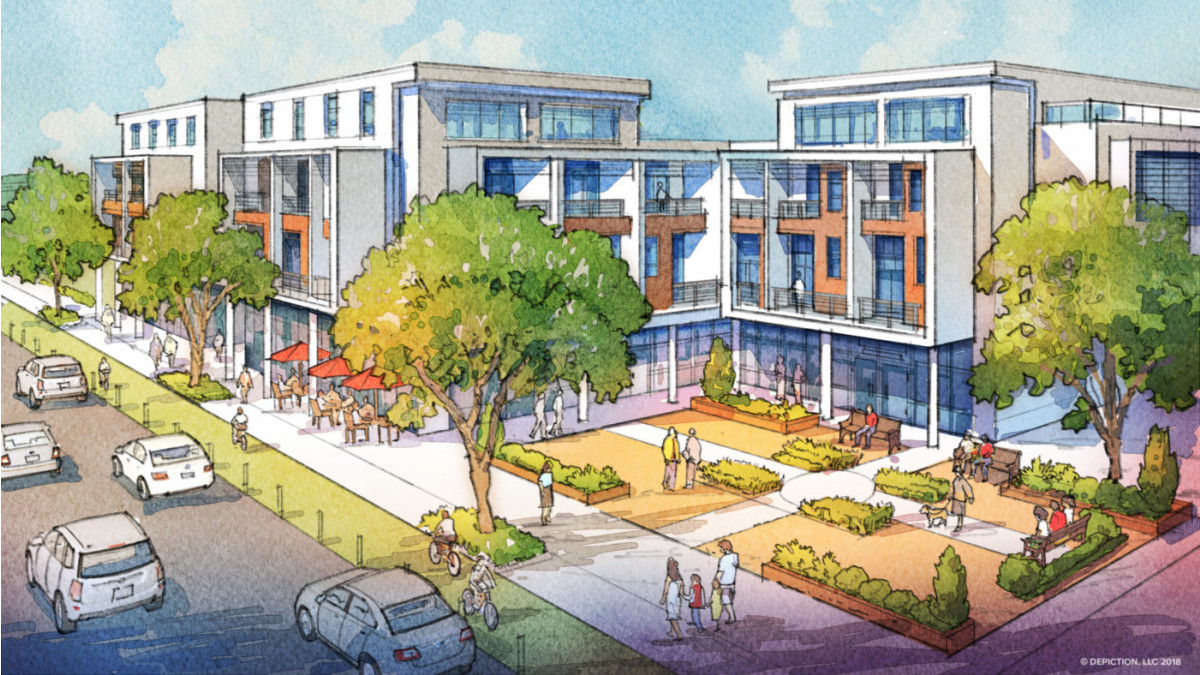Davis has long been known as home to the University of California, Davis, and as the bicycling capital of the United States. To these strengths, the Downtown Davis Plan and Form-Based Code adds a vision that is both unique and realistic. The plan is grounded in thorough economic analyses. Yet it also aims to make downtown Davis a national model of sustainability: carbon neutral, equitably accessible, and zero waste by 2040.
As part of a team led by Opticos Design, Siegman & Associates prepared the plan’s parking and traffic reduction policies and codes; built a customized parking and transportation model to forecast parking supply, demand, revenues, and costs; and collaborated with teammates to prepare street designs and bicycle and transit plans.
To create a widely shared vision, our team led two week-long design charrettes, bringing together over 300 participants to engage in more than 50 hours of community feedback. Our process also included pop-up workshops, 20 focus groups, an online workshop, and walking tours.
The plan modernizes Davis’ approach to transportation. To increase the feasibility of new private investment, minimum parking mandates were removed. The plan reduces traffic and pollution by investing in transit, bicycle, and pedestrian infrastructure; adding traffic-reducing code requirements; and improving employee transportation choices with measures such as free transit passes. Demand-based parking pricing incentivizes employees to move from overcrowded curb parking to underused garages, and generates new revenue to support downtown. Incentives for converting inefficient private lots into shared public parking minimize the need for new parking, while freeing up space for a new public square. In the first six months after its adoption, developers applied to build three projects with a total of 464 homes over retail, in a downtown that had seen little new investment in recent years.
Images courtesy of Opticos Design


















